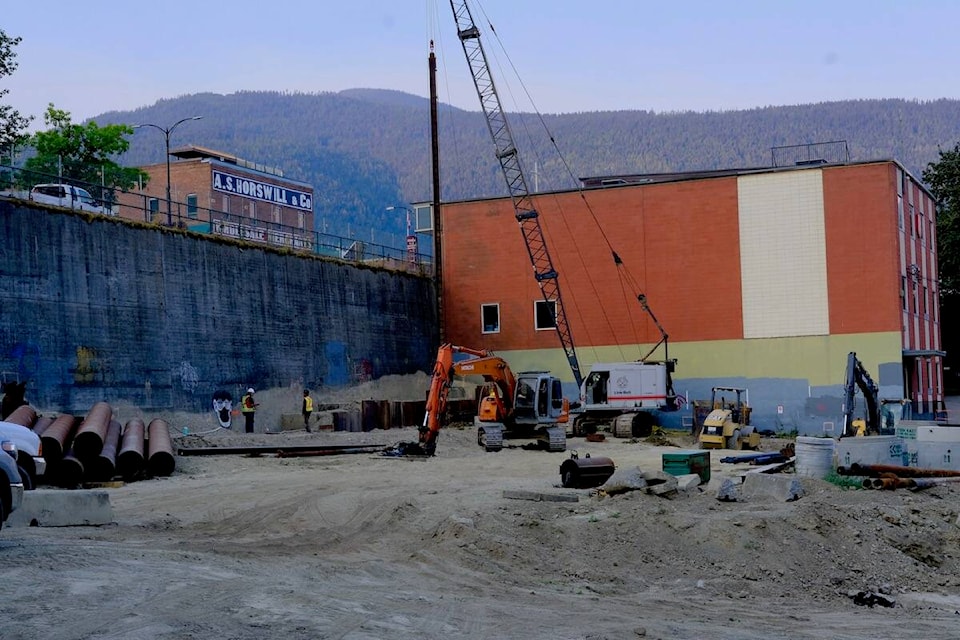Builders in the regional district are taking one more step along the road to energy efficiency.
New buildings are going to be 20 per cent more efficient than an equivalent building constructed prior to the 2018 Building Code starting May 1 as the Regional District of Central Kootenay (RDCK) moves toward implementation of Step Code 3.
After that date every new residential and small commercial and industrial building constructed in the RDCK will meet Step 3 of the provincial Energy Step Code, following the BC Energy Step Code — a standard based on a series of five energy efficiency performance targets.
The BC Energy Step Code provides more consistency to industry, establishing a standard set of performance requirements and a set of standards to support energy conservation and greenhouse gas reduction with the goal of net-zero energy-ready performance by 2032.
“It does so by establishing a series of measurable, performance-based, energy-efficiency requirements for construction that communities may choose to adopt when ready,” noted a 2019 Step Code guide.
Step 1 entails modelling energy performance and measuring air tightness to ensure that a building will meet or exceed the minimum energy-efficiency requirements in the base BC Building Code.
To achieve Step 1, builders need to use a whole-building energy model to calculate the energy use of the building and conduct an airtightness test, but the performance of the building only needs to be as good as the base BC Building Code requirements for energy efficiency.
All new residences in the RDCK have been required to meet Step 1 since 2021.
“Builders in the RDCK have shown their readiness in constructing more energy efficient buildings, and have been effective in meeting and regularly exceeding the required Step 1, with many residential builds achieving Steps 3 and 4, and some achieving Step 5,” said Chris Gainham, RDCK building manager, in a release from the regional district.
The change will not affect existing in-progress building permits, however applications received after May 1, 2023 will need to design and construct new buildings to the new mandatory Step Code requirements.
To date, the most buildings in B.C. have demonstrated compliance through a “prescriptive” approach — where buildings must meet specific requirements for insulation, windows, furnaces, water heaters, lighting and other equipment and systems.
The approach focuses on individual elements, rather than ensuring the building functions well as a system.
“The performance-based approach of the BC Energy Step Code is intended to provide a more flexible approach to building code compliance related to energy efficiency; allowing the market, new materials and methods and the ingenuity of builders and designers, to drive, innovate and achieve higher levels of energy efficiency and sustainability in their projects,” said Gainham.
There are hurdles for energy efficiency in the regional district with numerous older homes, a rural context and some problems for contractors to obtain certification, said Shari Imada, RDCK senior energy specialist.
“However, this new mandated change will help to provide the environment needed to move the whole building industry to one that is well versed in delivering high-performance buildings,” said Imada.
More change is coming on the road to energy efficiency for new buildings with a 40 per cent energy efficiency requirement by 2027 and 80 per cent in 2030.
